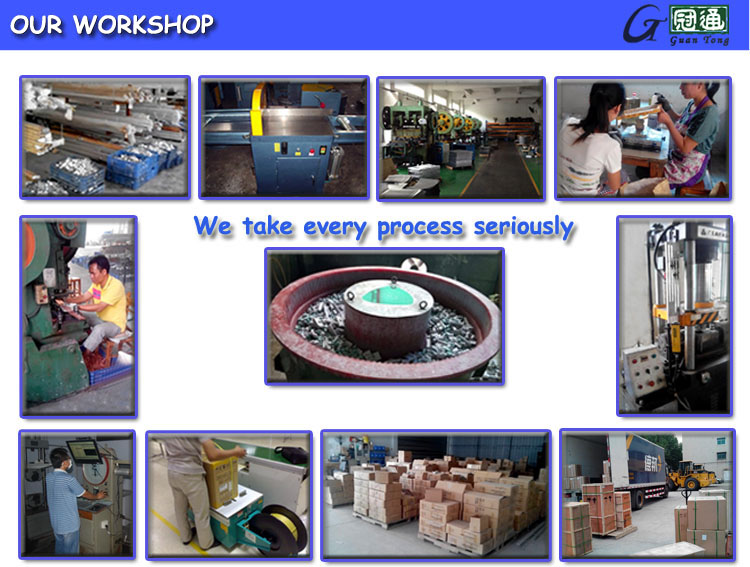Different Type of Insulators Used in Power System
Date: 2017-03-10 Clicked: 4347
Different Type of Insulators Used in Power System
The purpose of the insulator or insulation is to insulate the electrically charged part of any equipment or machine from another charged part or uncharged metal part. At lower utilization voltage the insulation also completely covers the live conductor and acts as a barrier and keeps the live conductors unreachable from human being or animals. In case of the high voltage overhead transmission and distribution the transmission towers or poles support the lines, and insulators are used to insulate the live conductor from the transmission towers. The insulators used in transmission and distribution system are also required to carry large tensional or compressive load.
The HV/EHV insulators are broadly divided into two types based on the material used. One is ceramic and the other is polymer (composite) insulator. Traditionally ceramic insulators of porcelain are used in both transmission and distribution lines.
Now polymer or composite insulators are increasingly used in high voltage transmission systems. The polymer insulators have a fibre rod surrounded by outer sheath of some polymer. Due to the hydrophobic nature of the polymer insulator surface, dry areas are formed between wet areas resulting in discontinuities in wet creepage path. This phenomenon helps improve the performance of the polymer insulator in polluted and coastal areas. The polymer insulators have one great advantage that it is quite lighter in comparison to porcelain insulators. Polymeric insulator surface degrade faster in comparison to porcelain insulator. One important disadvantage with porcelain insulator is that the porcelain insulators can bear large compressive force but less tensional force. The porcelain insulators surface is hydrophilic in nature, which means affinity for water. Polymer insulators age faster than ceramic insulators.
Different types of Insulators used in Power Transmission for supporting the conductors on Tower are as follows:
Pin TypeInsulator:
This is the first developed insulators and being used for overhead lines for voltage grade up to 33 kV. The live conductor is place on the top of the insulator and the bottom of the insulator in connected to earth. The insulator has to withstand the potential stress between conductor and earth. When insulator is wet, its outer surface becomes almost conducting. Hence the flash over distance of insulator is decreased. The electrical insulator is designed such that the decrease of flash over distance is minimum when the insulator is wet. That is why the upper most petticoat of a pin insulator has umbrella type designed so that it can protect the rest lower part of the insulator from rain. The upper surface of top most petticoat is inclined as less as possible to maintain maximum flash over voltage during raining.
Post Insulators:
Post insulator is suitable for higher voltage. It has higher numbers of petticoats and has greater height. This type of insulator can be mounted on supporting structure horizontally as well as vertically. The insulator is made of one piece of porcelain and it has fixing clamp arrangement are in both top and bottom end. For higher voltage application Two or more insulators can be fixed together to meet the requirement.
Suspension Insulator:
Using post insulator in higher voltage is not economical and suspension type insulator is evolved. Disc insulators are connected together in series to make a string which is suspension type insulators. As per the voltage grade the no of disc isolators are increased or decreased so that is is suitable for any voltage level. When suspension insulators are used a conductor is always hanging / suspended below the metallic tower level and it is always protected from lightning. On the other hand in order to maintain minimum clearance between conductor and ground/ equipment the tower hight use to be higher. The amplitude of free swing of conductors is larger in suspension insulator system, hence, more spacing between conductors should be provided.
String Insulators:
When suspension string is used to sustain extraordinary tensile load of conductor it is referred as string insulator. When there is a dead end or there is a sharp corner in transmission line, the line has to sustain a great tensile load of conductor or strain. A strain insulator must have considerable mechanical strength as well as the necessary electrical insulating properties. In string Insulator, each porcelain disc is designed for 11 kV. Thus for 132 kV overhead line around 12 disc will be assembled.
Stay Insulators:
For low voltage lines, the stays are to be insulated from ground at a height. The insulator used in the stay wire is called as the stay insulator and is usually of porcelain and is so designed that in case of breakage of the insulator the wire will not fall to the ground.
Shackle insulators:
It is usually used in low voltage distribution network. It can be used both in horizontal and vertical position. The conductor in the groove of shackle insulator is fixed with the help of soft binding wire.

COMPANY SHOW:
Guan Tong is a key player in electric and telecom industry. We manufacture and OEM transmission, distribution and telecommunication hardware and fittings.The innovative spirit in our enterprise makes us not only the best one, but the first one in the section.



















 Claire
Claire  Sales
Sales  Enquiry
Enquiry